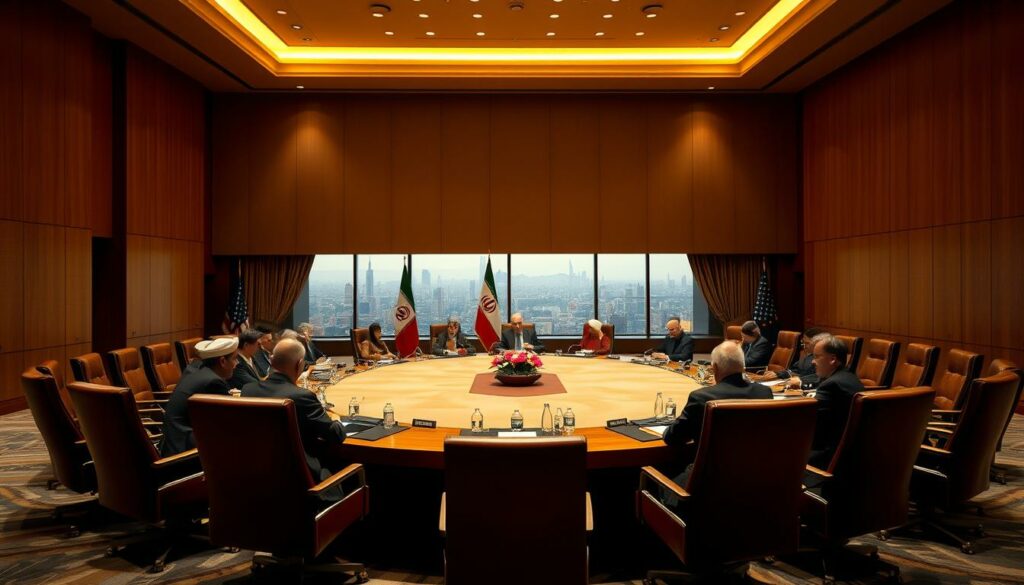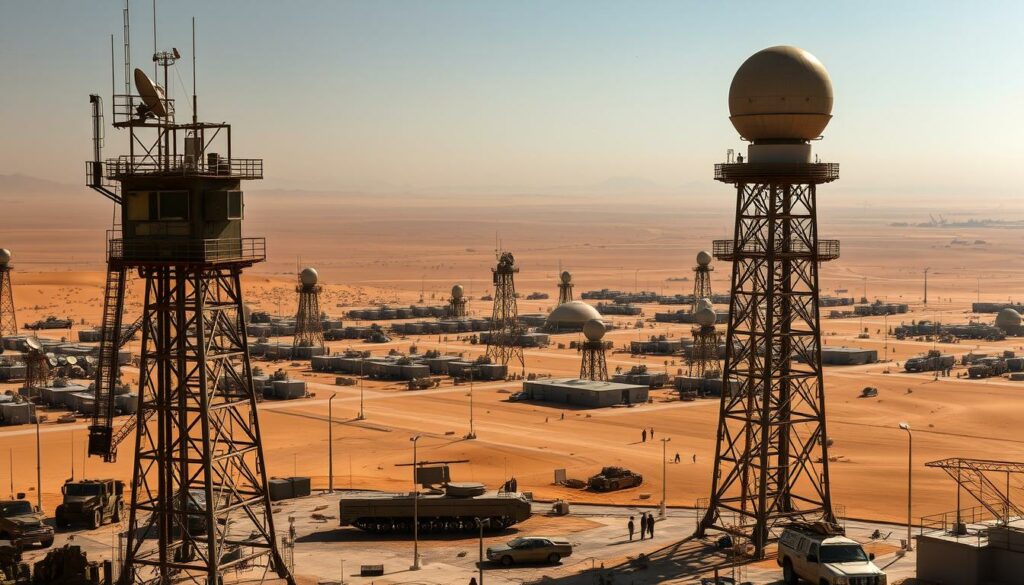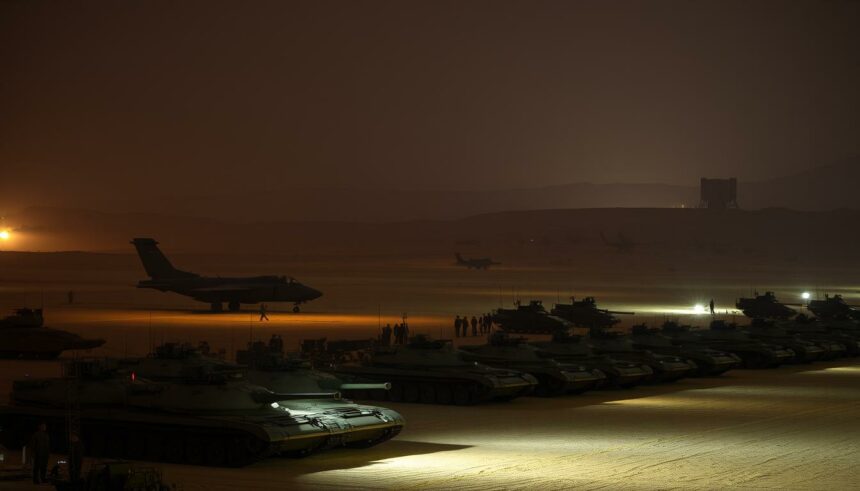Could escalating tensions lead to a full-scale confrontation? Recent reports suggest heightened military readiness in the region, with U.S. officials confirming unusual security measures. The Pentagon has authorized evacuations, signaling potential risks ahead.
Oil prices spiked sharply after British maritime warnings and U.S. embassy precautions. These moves often precede significant geopolitical shifts. Experts note that such actions rarely occur without cause.
While details remain unclear, the situation demands attention. For deeper insights into evacuation orders and regional impacts, analyze the latest developments here.
What happens next could reshape global stability. Stay informed as events unfold.
Israel Against Iran: Escalating Tensions and Military Readiness
The IAEA’s latest report reveals alarming uranium enrichment levels—408.6kg of 60% enriched uranium. This stockpile, up 50% this year, fuels fears of a tipping point. Meanwhile, U.S. officials confirm embassy staff reductions in Iraq, signaling urgent concerns.
Reports of Imminent Strike on Nuclear Facilities
Specialized bunker-busting munitions could target underground sites. These weapons, designed to penetrate fortified locations, highlight the stakes. Experts warn retaliation may follow within hours via Iranian proxies.
US Evacuation Orders Signal Heightened Concerns
From Kuwait to the UAE, personnel are relocating. Six key bases are now within missile range:
| Base | Distance from Iran (miles) | Risk Level |
|---|---|---|
| Al Udeid (Qatar) | 180 | High |
| Al Dhafra (UAE) | 150 | Critical |
| Camp Arifjan (Kuwait) | 120 | Extreme |
Trump’s Warning: «Iran Can’t Have a Nuclear Weapon»
«We won’t let them threaten global security. The regime knows the consequences.»
The Strait of Hormuz, a choke point for 20% of global oil traffic, adds urgency. Any conflict here could disrupt markets worldwide.
Historical Context: Israel and Iran’s Longstanding Conflict

The 2015 nuclear deal remains a flashpoint in global security debates. Behind today’s tensions lies a history of red lines, covert strikes, and fractured diplomacy. Understanding this past helps explain why current uranium levels spark alarm.
Netanyahu’s Unwavering Opposition
In 2012, a UN speech warned the world about uranium enrichment. Today, stockpiles exceed those warnings by 300%. The former prime minister clashed with Obama over the 2015 agreement, calling it a «historic mistake.»
Why Nuclear Negotiations Collapsed
The deal’s collapse began with Trump’s 2018 withdrawal. Six rounds of talks since then failed to revive it. An «international consortium» proposal died amid distrust—even creative U.S. diplomacy couldn’t bridge gaps.
«Delay any action until we exhaust negotiations.»
Shadow Wars and Sabotage
Cyberattacks on centrifuges. Scientists assassinated. Mossad’s 2021 Natanz facility strike showed Israel’s «campaign between wars» strategy. These covert ops bought time—but uranium enrichment still surged.
Now, with diplomacy stalled, the region edges closer to open conflict. The next moves could redefine global power balances.
US Involvement and Regional Implications

CENTCOM’s delayed Senate testimony hints at urgent military preparations. As tensions rise, the United States faces tough choices—protecting personnel while deterring escalation. Here’s what you need to know.
Trump Administration’s Stance and Evacuation Measures
President Donald Trump’s recent Truth Social post vowed to «heap glory upon glory» if challenged. Behind the scenes, non-essential staff left U.S. embassies in Iraq and Kuwait. These moves signal readiness for potential military action.
Potential Retaliation Against US Interests
Iran’s General Nasirzadeh warned all U.S. bases are «within reach.» With 60% of Iran’s uranium stockpile weaponizable, retaliation could be swift. Experts fear proxy attacks on oil infrastructure or diplomatic sites.
Impact on Oil Markets and Global Trade
Brent crude jumped to $69/barrel as traders priced in conflict risks. The Strait of Hormuz—a vital chokepoint—could disrupt 20% of global oil flow. Key impacts:
| Market | Risk Level | Potential Impact |
|---|---|---|
| Oil Prices | High | +15% spike if supply halts |
| Shipping Routes | Critical | Delays, insurance hikes |
| Energy Stocks | Volatile | Short-term gains, long-term uncertainty |
«We won’t let threats go unanswered. The Middle East must remain stable.»
As the sixth round of Oman talks looms, the region stands at a crossroads. Diplomacy or conflict—the next few days will decide.
Conclusion: A Precarious Path Forward
The next few days could determine whether diplomacy or military action prevails. Watch three critical indicators: increased Cabinet sessions, sudden embassy closures, and restricted IAEA access. These signals often precede escalation.
Analysts suggest a 72-hour window to avert conflict. Parallel crises in Ukraine and Taiwan may strain response capabilities. History shows preemptive strikes can reshape the region—think Osirak or Syria.
Oil prices could hit $100/barrel if tensions erupt. With 20% of global traffic at risk in Hormuz, the middle east crisis threatens economic stability. Stay alert—the stakes have never been higher.











